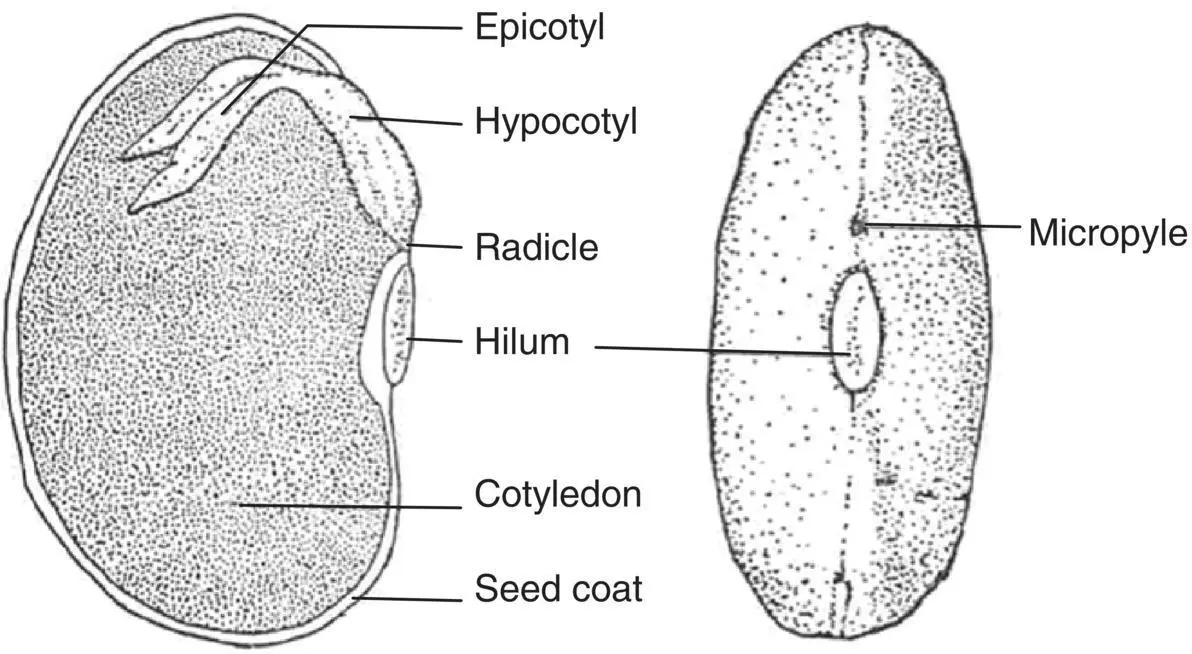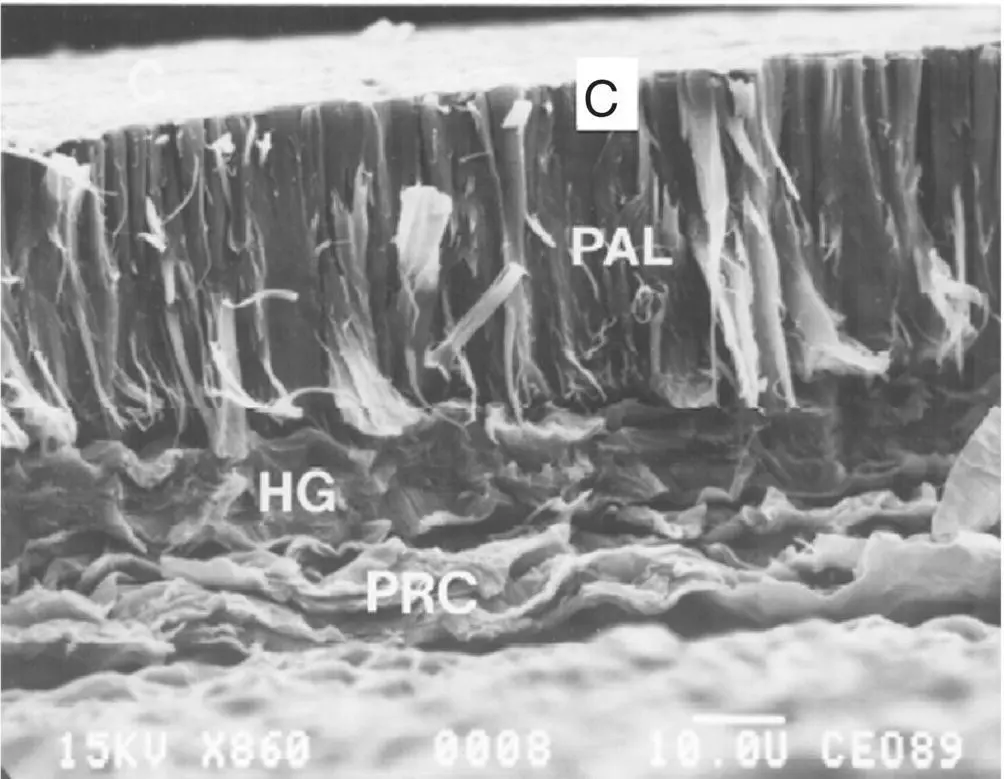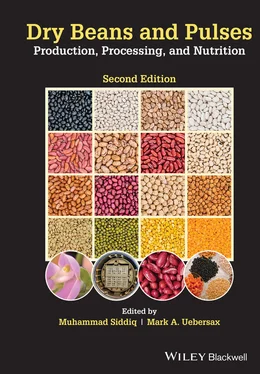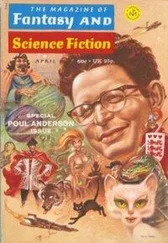Dry Beans and Pulses Production, Processing, and Nutrition
Здесь есть возможность читать онлайн «Dry Beans and Pulses Production, Processing, and Nutrition» — ознакомительный отрывок электронной книги совершенно бесплатно, а после прочтения отрывка купить полную версию. В некоторых случаях можно слушать аудио, скачать через торрент в формате fb2 и присутствует краткое содержание. Жанр: unrecognised, на английском языке. Описание произведения, (предисловие) а так же отзывы посетителей доступны на портале библиотеки ЛибКат.
- Название:Dry Beans and Pulses Production, Processing, and Nutrition
- Автор:
- Жанр:
- Год:неизвестен
- ISBN:нет данных
- Рейтинг книги:5 / 5. Голосов: 1
-
Избранное:Добавить в избранное
- Отзывы:
-
Ваша оценка:
- 100
- 1
- 2
- 3
- 4
- 5
Dry Beans and Pulses Production, Processing, and Nutrition: краткое содержание, описание и аннотация
Предлагаем к чтению аннотацию, описание, краткое содержание или предисловие (зависит от того, что написал сам автор книги «Dry Beans and Pulses Production, Processing, and Nutrition»). Если вы не нашли необходимую информацию о книге — напишите в комментариях, мы постараемся отыскать её.
The second edition of the most complete and authoritative reference on dry beans production, processing, and nutrition available Dry Beans and Pulses: Production, Processing, and Nutrition
Dry Beans and Pulses: Production, Processing, and Nutrition, Second Edition
Dry Beans and Pulses Production, Processing, and Nutrition — читать онлайн ознакомительный отрывок
Ниже представлен текст книги, разбитый по страницам. Система сохранения места последней прочитанной страницы, позволяет с удобством читать онлайн бесплатно книгу «Dry Beans and Pulses Production, Processing, and Nutrition», без необходимости каждый раз заново искать на чём Вы остановились. Поставьте закладку, и сможете в любой момент перейти на страницу, на которой закончили чтение.
Интервал:
Закладка:
PHYSIOLOGY OF COMMON BEAN SEED
The physical and chemical properties of dry beans are determining factors associated with subsequent final product quality. The seed structure of the dry bean comprises a seed coat and an embryonic cotyledon (Guilhen et al. 2016; Heshmat et al. 2021). The structural features of the seed tissues (seed coat, cotyledon, embryonic axis) and the cellular and subcellular components (palisade, hourglass, and parenchyma cells; cell walls; middle lamella constituents; and other organelles) greatly influence hydration, cooking, and processing performance of dry beans.
Structural and anatomical features of bean seed
The macro structure of the seed highlighting the primary tissues is presented in Figure 3.4 . The seeds of leguminous plants differ greatly in general appearance (color, size, shape) and in several less apparent attributes such as seed coat thickness and permeability of the hilum. However, all possess a similar seed structure comprising a seed coat, cotyledons, and embryonic parts. The seed coat or testa is the outermost layer of the seed and serves as a protector of the embryonic structure. The cotyledons comprise the largest mass of the seed and serve primarily as energy storage (starch and protein) tissue. The embryonic structures are varied in size, relatively high in lipid content and provide the germinating loci for the seed (Moïse et al. 2005; Bassett et al. 2020).
Two external anatomical features include the hilum and micropyle, both of which have a role in water absorption and seed gas exchange. The hilum, commonly referred to as the “stem scar,” is a large oval scar where the seed and stalk were previously joined within the pod (Kigel et al. 2015). The micropyle is a minute opening in the seed coat that served as a junction where the pollen tube entered the valve. The remaining portion of the seed is the embryonic structure that includes two cotyledons, the epicotyl or embryonic stem tip, the hypocotyl or embryonic stem, and the radicle or embryonic root. This portion of the seed is responsible for germination and is extremely vulnerable to damage during adverse handling and storage.

Fig. 3.4. Schematic of a dry bean seed.
Source: Adapted from Georges (1982).
Seed coat
The intact seed coat (botanically termed the testa ) has an important function in protecting the legume from damage due to water absorption and microbial contamination. This is particularly important during harvest and storage. The seed coat consists of 7.7% of the total dry weight in the mature bean with a protein content of 5% (dry‐wt basis) (Powrie et al. 1960; Kigel et al. 2015). Slow darkening or nondarkening seed coats are more desired in the market because they are perceived to be fresh, high‐quality beans (Erfatpour et al. 2021).
The major components in the seed coat structure of legumes include the waxy cuticle layer, the palisade cell layer, the hourglass cells, and the thick cell‐walled parenchyma. These structures are presented in Figure 3.5 . These structures have been identified using scanning electron microscopy (SEM) in white beans, navy, pinto, and adzuki beans (Sefa‐Dedeh and Stanley 1979b; Swanson et al. 1985), cowpeas (Sefa‐Dedeh and Stanley 1979a), and broad/faba beans (McEwen et al. 1974).
The waxy cuticle layer is the outermost portion of the seed coat. Although the cuticle does allow some polar and nonpolar compounds to permeate the seed coat, its primary function is preventing water penetration due to its hydrophobic layers that form a waxy barrier (Bukovac et al. 1981). The palisade layer has been reported by many researchers to appear with a linear lucida, or light line, that gives the appearance of two layers of cells (Sefa‐Dedeh and Stanley 1979b). The cell layers immediately beneath the palisade layer are termed hourglass cells . Sefa‐Dedeh and Stanley (1979b) described this layer as the amorphous second layer in the palisade layer.

Fig. 3.5. SEM showing structural components of dry navy bean seed coat: C−Cuticle layer, PAL−Pallisade cells, HG−Hourglass cells, PRC−Parenchyma cells.
Source: Ruengsakulrach (1990).
The parenchyma layer cells have thick walls and are readily distinguishable after hydration, as they appear spongy and exhibit noticeable swelling. Once the parenchyma cells are hydrated, increased rates of water imbibition occur. The seed coat possesses high levels of structural carbohydrates (e.g., cellulose and hemicelluose) that contribute the vast majority of total dietary fiber of beans. Aguilera et al. (1982) reported the production of bean seed coat (hull) flours by cracking and air aspiration of seat coats from navy beans. The mass balance for this separation yielded a 7–13% seed coat fraction. Dietary fiber ranged from 31% to 50% with a mean of 40%. Crude fiber (primarily cellulose and lignin) was approximately 60% of total dietary fiber. The ash content of this flour fraction ranged from 6% to 7%. These data demonstrate the high level of fiber components within the seed coat; variability was likely due to nonuniformity in fractionation because of some contamination of cotyledon residue.
The seed coat affects water absorption; however, the precise mechanism is unknown. Research on soybeans shows that the water absorption rate depends on the calcium content, seed coat surface, micropyle structure, and initial moisture content (Saio 1976; Hsu 1983). In studying the structural components, Sefa‐Dedeh and Stanley (1979a) found seed coat thickness, seed volume, and hilum size, along with protein content, to be the primary factors involved in water uptake. Thinner seed coats appear to absorb water more rapidly during initial soaking (0–6 hours). Siah et al. (2014) investigated the effect of soaking, boiling, and autoclaving (pressure cooking) on the phenolic contents and antioxidant activities of Australian grown broad/faba bean genotypes differing in seed coat color. A significant amount of active compounds was shown to leach into the soaking and cooking medium. Boiling was a better method in retaining active compounds in beans than autoclaving.
Seed coat color varies greatly among legumes due to compositional differences (discussed below). The seed coat must remain intact during storage and handling and must hydrate uniformly to enable swelling of the seed constituents during soaking and cooking procedures. Excessive seed coat rupture or sloughing will result in diminished culinary quality. This is particularly a concern with the sensory detection of tough free skins during maceration and excessive starch leaching during cooking or canning.
Zhong et al. (2018) reviewed biochemical and physicochemical functionalities of seed coats of five globally important pulses: chickpea, field pea, broad/faba bean, lentil, and mung bean. It was reported that high levels of dietary fiber, minerals, and potential health‐promoting phytochemicals in the seed coats indicate their great potential to be used as a natural, nutritious dietary fiber.
Cotyledon
The cotyledon comprises the greatest portion of the bean in terms of both weight and volume and contributes a valuable component to the texture and nutritive value of the bean as food. The cotyledon portion, which is responsible for the embryonic leaf tissue during germination, makes up 90.5% of the total bean on a dry‐weight basis. Dry cotyledons have been reported to contain 39.3% starch, 27.5% protein, 1.65% lipids, and 3.5% ash (Powrie et al. 1960). Botanically, the cotyledons of dry beans are a segment of the embryo and are thus differentiated from the endosperm of common cereal grains. As the seed matures, these stored energy reserves increase and upon germination are mobilized and utilized for initial seedling growth.
Читать дальшеИнтервал:
Закладка:
Похожие книги на «Dry Beans and Pulses Production, Processing, and Nutrition»
Представляем Вашему вниманию похожие книги на «Dry Beans and Pulses Production, Processing, and Nutrition» списком для выбора. Мы отобрали схожую по названию и смыслу литературу в надежде предоставить читателям больше вариантов отыскать новые, интересные, ещё непрочитанные произведения.
Обсуждение, отзывы о книге «Dry Beans and Pulses Production, Processing, and Nutrition» и просто собственные мнения читателей. Оставьте ваши комментарии, напишите, что Вы думаете о произведении, его смысле или главных героях. Укажите что конкретно понравилось, а что нет, и почему Вы так считаете.












